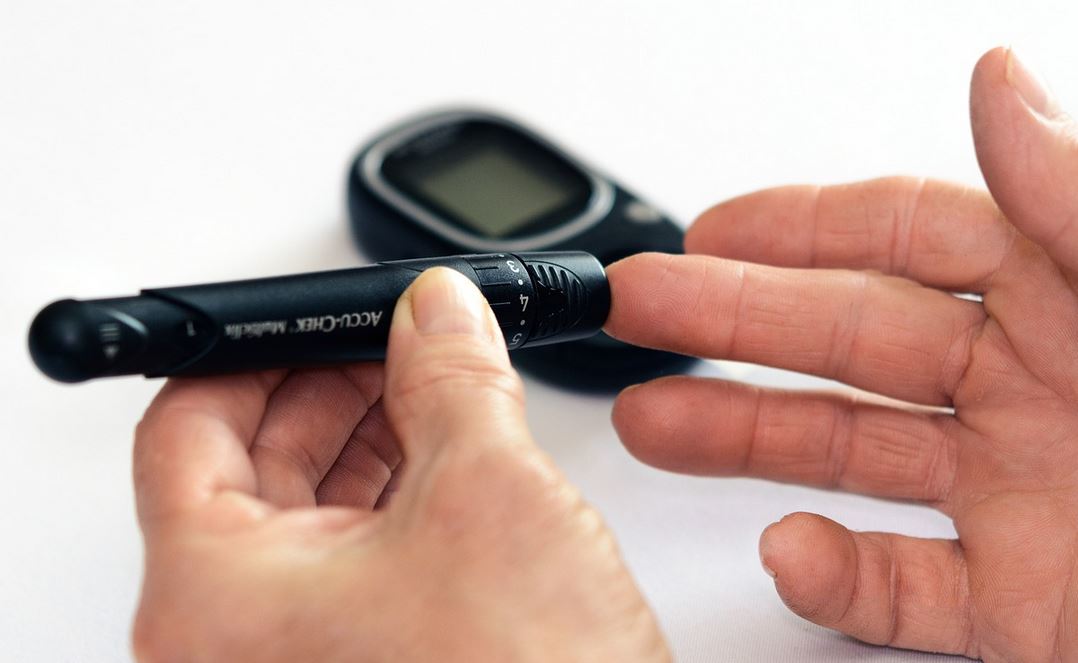The safety and efficacy of medical devices are paramount, especially in a healthcare environment. Poorly designed or unreliable medical devices can put patients at risk and compromise their quality of care. That is why it’s crucial to have effective processes in place to ensure that medical device safety is taken seriously. Here are five tips to help improve the safety of medical devices.
1. Perform Regular Maintenance Checks
Regular maintenance checks reduce the potential for malfunctions and subsequent patient harm. It allows for an experienced individual to inspect the device, troubleshoot any problems that may be present, and provide regular cleaning as needed. As a result, devices can operate correctly without failure or malfunction, leading to increased safety during patient care procedures.
To ensure the highest level of safety, hospitals and other healthcare facilities should have protocols that require routine inspection and maintenance checks on all medical equipment. Additionally, it provides an opportunity for healthcare workers to become more familiar with the proper use and operation of the device, ensuring they remain safe throughout.
2. Labeling
Labeling helps ensure the user understands how to use and maintain the device properly. It should provide clear and accurate information about the device, including its uses and risks. Additionally, labels should include the following:
- Usage instructions
- Warnings about potential side effects
- Contact information for the manufacturer in case of any issues
- Dispose of the device properly
Labels should be visible and easy to read so that users can quickly identify any warnings or instructions associated with the device’s use.
3. Pre-Market Testing
Pre-market testing involves conducting tests to ensure that the device meets regulatory standards and safety requirements. Pre-market testing should include performance, reliability, compatibility tests, and environmental impact assessments. These tests must be completed by reputable companies such as Improvita before the device can be approved in the healthcare industry. Pre-market testing is also crucial for identifying potential problems that could arise from using the device. This can help manufacturers address issues before they become a major safety concern.
4. Device Tracking
For medical device safety, it is essential to track the location of devices. This can be done using various methods such as barcodes, RFID tags, GPS tracking, or even biometric sensors. It can be manual or automated depending on the type of medical device. Tracking medical devices can improve safety by ensuring the device is used correctly and within its intended purpose. In the event of a recall, tracking can also make it much easier to locate and remove affected devices from circulation quickly. Additionally, it can provide essential data on how individual devices are being used, which can be critical for identifying potential hazards and improving device performance and reliability.
5. User Education
Developing detailed, step-by-step instructions for users and medical personnel about assembly, operation, and maintenance can provide an additional layer of protection from potential malfunctions and other risks. Certified training courses can be held regularly to ensure that all staff members who interact with medical devices are fully informed about correct procedures and protocols. Additionally, user education should include information about the proper storage and disposal of medical devices. Such systematic approaches can minimize errors arising from insufficient knowledge or oversight of acceptable safety standards, ultimately helping guarantee maximum patient safety.
Ensuring the safety of medical devices is essential for providing high-quality care for patients without putting them at risk through faulty equipment or improper use. By implementing the above tips into your daily operations, you can rest assured that your medical devices are safe to use on patients day in and day out.




